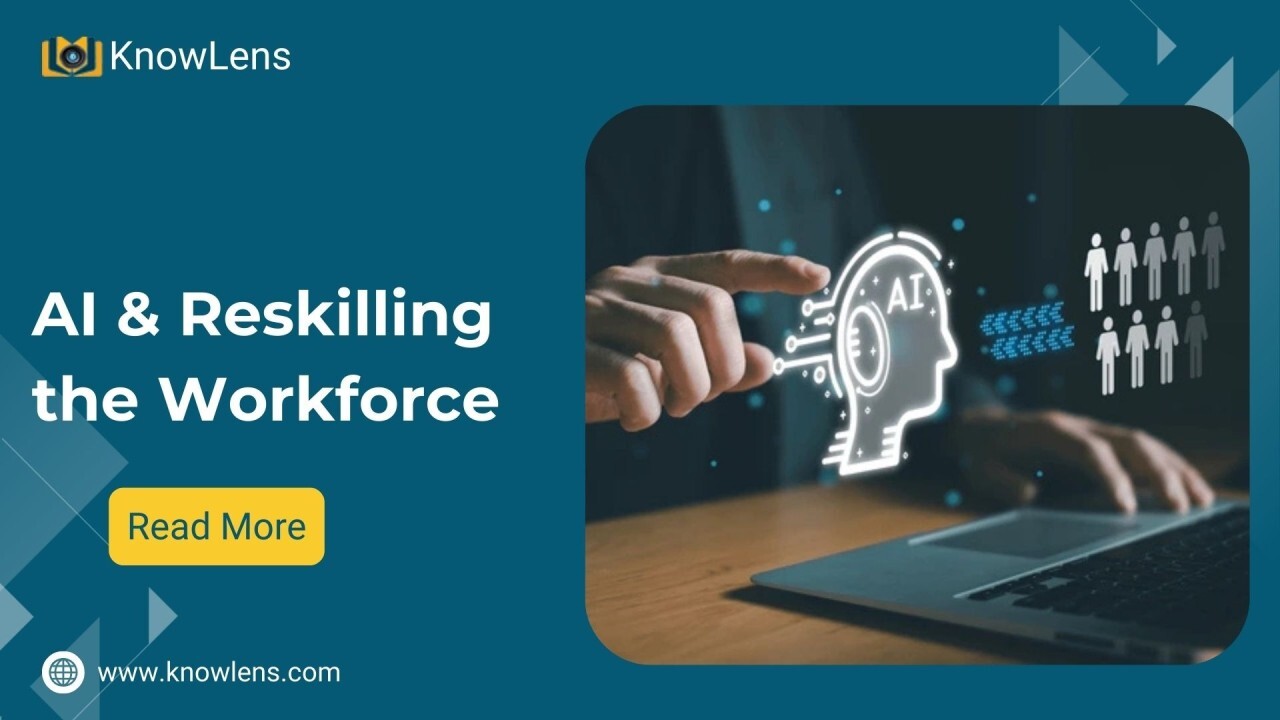Artificial Intelligence (AI) is rapidly evolving from a futuristic concept to a present-day reality, significantly reshaping the workplace. As AI takes on more tasks, many job roles are evolving. Some will become more critical, others less so, and the core nature of many will fundamentally change. This transformation presents organizations with both opportunities and challenges, especially for Learning and Development (L&D) and talent management teams.
The Impact of AI on the Workplace
The influence of AI is already being felt across various industries. Consider, for example, the role of bank tellers. With the rise of online and mobile banking, the traditional branch model is evolving, potentially reducing the need for as many tellers. But does this mean job losses? Not necessarily. There are other roles which are increasing in importance. For instance, banks can proactively reskill tellers for emerging roles, such as cybersecurity first responders, which are becoming increasingly vital in our digital world.
Fun Fact: Cybersecurity Ventures predicts there will be 3.5 million unfilled cybersecurity jobs globally by 2025, highlighting the growing need for skilled professionals in this field.
In the next few sections, we look at some of the most direct and visible impacts of AI on the job roles and job definition changes and the impact on human capital.
AI and Role Automation
AI is most often been viewed as a threat and an opportunity. The threat come from its incredible processing power and the vast amounts of data fed into its models and its capacity to outperform humans in so many aspects. This is clearly leading to the questioning of job roles and whether the roles or parts of these roles can be done better by AI or humans, leading to a direct conflict between talent management and business efficiency priorities. A crucial element in this conflict is the analysis of the microskills required for a job role….where does the human outshine the model? There lies the secret of talent management in the future. This may lead to redefinition of many roles. New roles may emerge which work in better harmony with AI rather than conflict.
Identifying Micro-Skills for Seamless Transitions
However looking at individual role mapping was one aspect. It is inevitable that certain roles will grow and some others will wane. The secret to successful reskilling lies in identifying the “micro-skills” transferable between roles. A bank teller, for example, possesses valuable customer service skills and a keen eye for fraud detection. These seemingly small but important skills are directly relevant to the role of a cybersecurity first responder, who must also interact with customers and understand fraud patterns. It’s about recognizing that a teller’s “nose for fraud” can be just as valuable in cybersecurity. Naturally there are gaps and differences in the skillsets of a bank teller and a cybersecurity first responder. But the gaps are not all in black and white and through some imaginative talent management and L & D interventions, a lot of human resource challenges can be converted into opportunities in alignment with the new business reality.
Conclusion
To thrive in the age of AI, companies must proactively assess its impact on their workforce and develop strategies for reskilling and upskilling. By focusing on micro-skill analysis and understanding the dos and donts of AI and human potential, organizations can ensure that their employees are prepared for the changing demands of the workplace. It’s not just about adapting to change but embracing it and preparing your workforce for the future.

